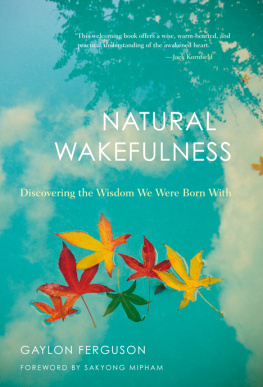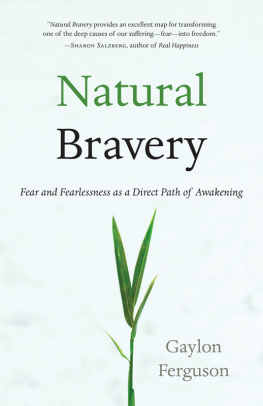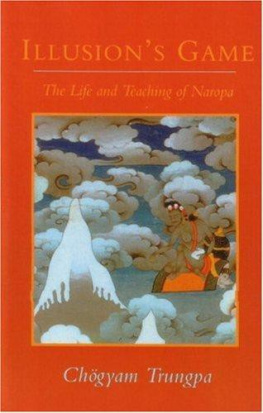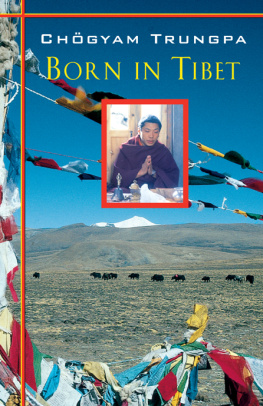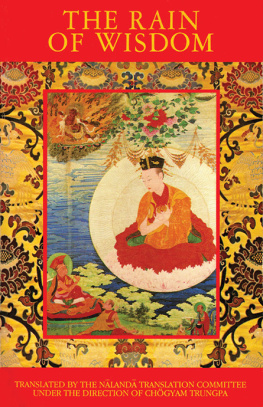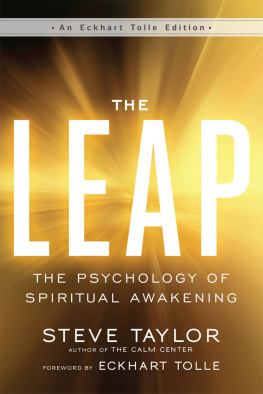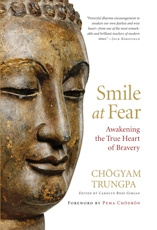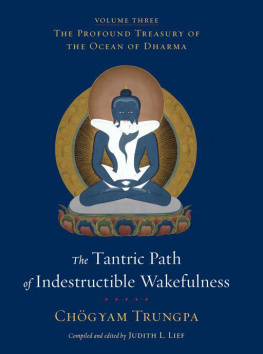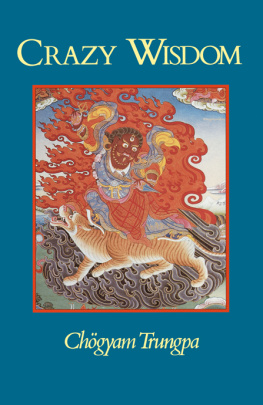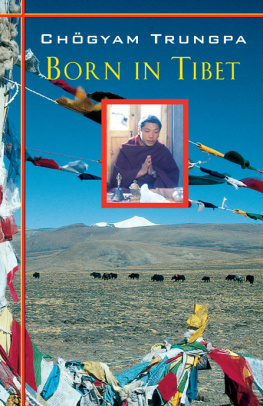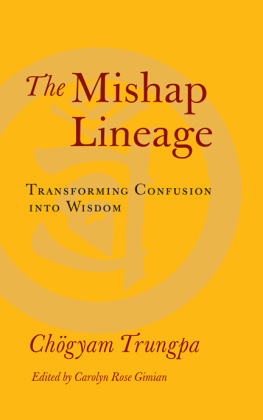This welcoming book offers a wise, warm-hearted, and practical understanding of the awakened heart.
Jack Kornfield
The advice in this book will be of tremendous benefit to those who have the courage to engage their mind and heart and develop their potential. As a result, it will benefit the greater world.
Sakyong Mipham, author of Turning the Mind into an Ally
Many essential questions on the view and meditation practice of Buddhadharmaand everyday lifeare answered here with great clarity and with a genuine heart of caring and loving-kindness.
Tulku Thondup Rinpoche, author of The Healing Power of Mind
Acharya Gaylon Ferguson is an exceptional meditation teacher.
Traleg Kyabgon Rinpoche, author of Mind at Ease and The Essence of Buddhism
A wonderfully wise and practical introduction to mindfulness meditation that explores and addresses all the ins and outs of the practice, the obstacles and confusions, as well as the rewards of this path. Highly recommended.
John Welwood, author of Toward a Psychology of Awakening
ABOUT THE BOOK
There are two essential elements to the spiritual path says this popular teacher from the lineage of Chgyam Trungpa: (1) understanding that youre already enlightened, already perfect in wisdom right here and now, and (2) accessing that natural wakefulness through spiritual practice. These two aspects depend upon each other and work together. Gaylon Fergusons teaching on the twin aspects of view and practice is a perfect introduction for the beginning meditator and it offers fresh perspectives for the non-beginner too.
GAYLON FERGUSON is a faculty member in both Religious Studies and Interdisciplinary Studies at Naropa University, in Boulder, Colorado. He is an acharya, or senior teacher, in the Shambhala International Buddhist community. After studying meditation and Buddhist philosophy with Tibetan master Chgyam Trungpa in the 1970s and 1980s, Ferguson became a Fulbright Fellow to Nigeria and completed a doctoral degree in cultural anthropology at Stanford University. After several years of teaching cultural anthropology at the University of Washington, he became teacher-in-residence at Karm Chling Buddhist Retreat Center, through 2005, when he joined the faculty of Naropa University.
Sign up to learn more about our books and receive special offers from Shambhala Publications.

Or visit us online to sign up at shambhala.com/eshambhala.

Shambhala Publications, Inc.
Horticultural Hall
300 Massachusetts Avenue
Boston, Massachusetts 02115
www.shambhala.com
2009 by Gaylon Ferguson
All rights reserved. No part of this book may be reproduced in any form or by any means, electronic or mechanical, including photocopying, recording, or by any information storage and retrieval system, without permission in writing from the publisher.
Library of Congress Cataloging-in-Publication Data
Ferguson, Gaylon Jules.
Natural wakefulness: discovering the wisdom we were born with / Gaylon Ferguson; foreword by Sakyong Mipham.1st ed.
p. cm.
Includes bibliographical references and index.
eISBN 978-0-8348-2265-8
ISBN 978-1-59030-657-4 (hardcover: alk. paper)
1. MeditationBuddhism. 2. Spiritual lifeBuddhism. 3. AwarenessReligious aspectsBuddhism. I. Title.
BQ5612.F47 2009
294.34435DC22
2008037824
For my teachers:
Vidyadhara Chgyam Trungpa Rinpoche,
Sakyong Mipham Rinpoche
Although we stumble,
we still aspire to see your face.
CONTENTS
I LOVE MEDITATION, and clearly Gaylon Ferguson shares this love. Through his humble and brilliant insight, Natural Wakefulness reveals the unique relationship of meditation to the all-encompassing materialism we find ourselves in today. Based upon the Buddhas wisdom, this book lays out the clear and precise path of meditation as a valid and practical antidote to materialism in its many manifestations, not just simply as it pertains to consumerism, but also as it pertains to our inner being.
The Buddha stated that we are perfect and enlightened in every way. Our disbelief of this reality produces a level of insecurity that makes us clamor for both psychological and physical objects as a way to feel whole and complete. The path of meditation helps us regain our trust in the inner brilliance that the Buddha mentioned so long ago. Without such a tool by which to handle the mind, it goes on a conceptual rampage, devouring the past, present, and future. As a result we feel numb to the worlds problems, or overwhelmed by them.
For years I have encouraged Gaylon to write his unique insights, which I am delighted can be shared with the rest of you. No doubt my father, Chgyam Trungpa Rinpoche, would be as delighted as I am at Gaylons humor, humility, and vision. The advice in this book will be of tremendous benefit to those who have the courage to engage their mind and heart and develop their potential. As a result, it will benefit the greater world.
The Sakyong, Jamgn Mipham Rinpoche
Halifax, Nova Scotia, 2008
THIS BOOK ENCOURAGES SPIRITUAL AWAKENING. Initially I called it waking up from the nightmare of materialism. The approach presented here begins with wakefulness as our original, basic state of being alive. The journey of meditation practice follows as a natural unfolding of this innate awareness and kindness. The result of walking the spiritual path is experiencing the openness and warmth of life in community. These are the three main sections of the book: (1) contemplating wakefulness and sleep, (2) the practice of meditation as a way of uncovering our original nature, and (3) gathering with others as the expression of wakeful compassion. It seemed particularly important, given that we live in a time of such pervasive fear and doubt about each others fundamental goodness, to end by reflecting on the essential importance of establishing sane communities.
Before you take the journey through whats written here, let me say something about how I came to write this. I entered the path outlined here in the early 1970s at Tail of the Tiger Buddhist meditation center in northern Vermont. There, following some summer seminars in buddhadharma, I received instruction in sitting practice from the Tibetan meditation master Chgyam Trungpa Rinpoche. I do not recall the words he used to convey the meditative state, but the atmosphere I experienced while sitting with him was vivid and seemed the essence of the communication.
Following some years of practiceincluding in particular several month-long meditation retreatsI began leading group meditation retreats in the mid-1970s at the suggestion of my teacher. I was still a relatively inexperienced meditation instructor, having taught just two courses in mindfulness and insight, both at the recently formed Naropa Institute (later to become Naropa University). The first group retreat I led was a small (perhaps twenty participants) month-long program in northern California. When the retreats coleader informed me that she needed to leave for an important weekend with our teacher in Boulder, Colorado, I greeted this news with much late-night pacing, worrying, and general anxiety about the well-being of the fledgling meditators temporarily left in my care. I was not quite twenty-four.
The month passed uneventfullyone night a bat got into a participants room, and we gently coaxed it back outside. In the long hot days of sitting, there were several earnest requests for midday treks to a local river. We persevered, rising near dawn for sitting and walking, and then sitting and walking again and again until nine or so every evening. The mostly vegetarian food we all helped prepare was decent, and the overall spiritual companionship of the group was supportive and encouraging.
Next page
